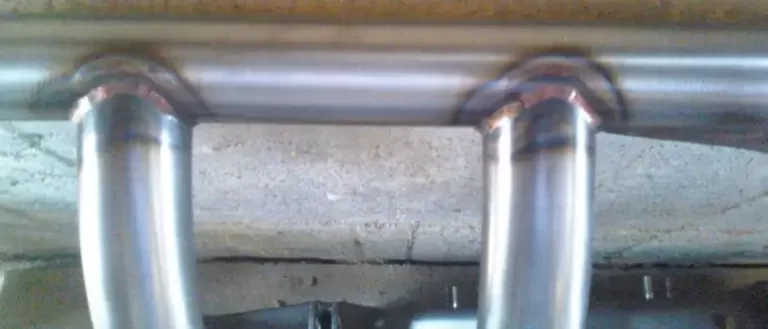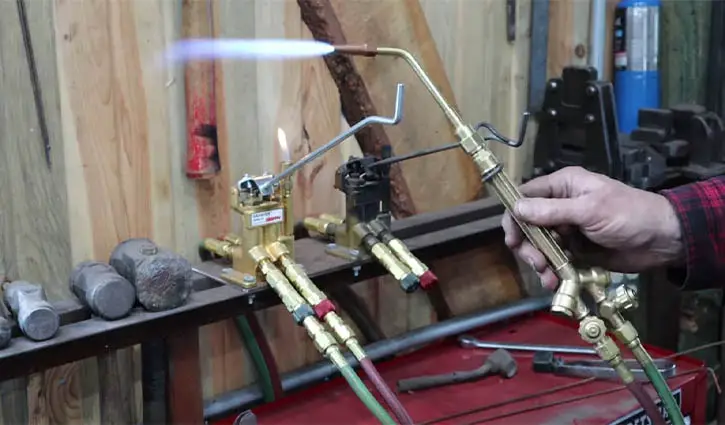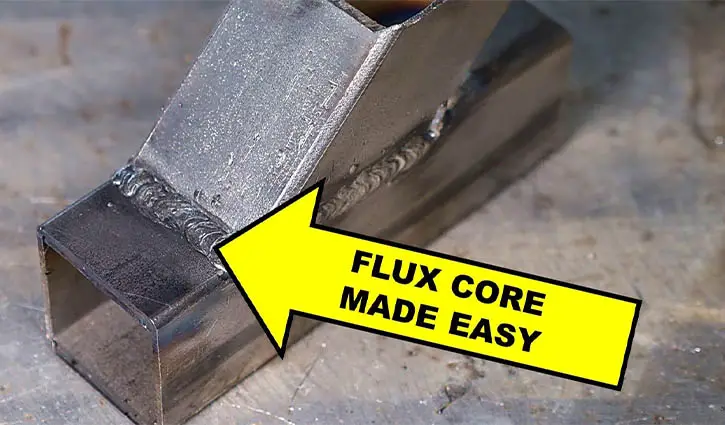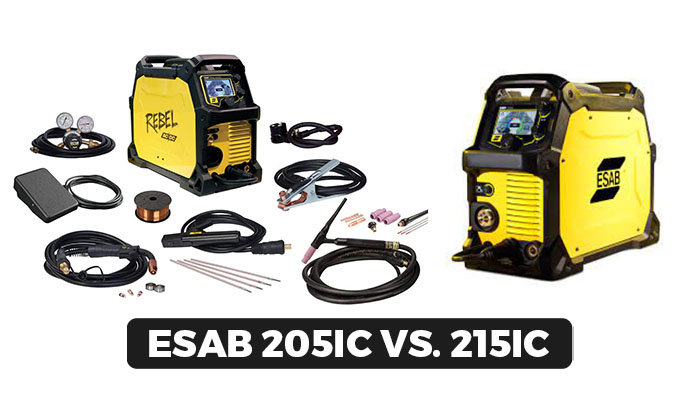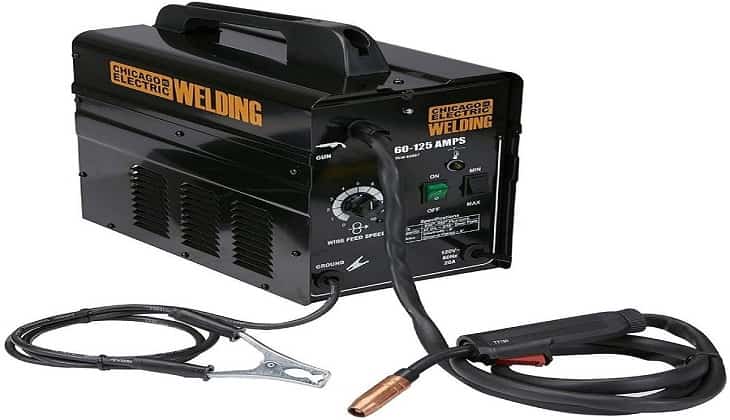Electron Beam vs Laser Welding: An Intensive Guide 2024
If you love power beam welding jobs, you must be wondering what type of welding between an electron beam vs laser welding machine will be useful for you!
While choosing the perfect equipment, you have to consider a ton of facts such as quality of materials, speed, environment, applications, and so on. So, let the frustration out and gather learnings about electron beam and laser welding carefully.
Let’s check out the comparison table to get an overview of electron beam and laser welding:
Table of Contents
Comparison Table On electron beam and laser welding
| Topic | Electron beam | Laser |
| Used for | Carbon steel, stainless steel, aluminum, etc | Carbon steel, stainless steel, aluminum, etc |
| Production speed | High | Low |
| Penetration level | Deep | Comparably light |
| Requirement | Vacuum chamber | Gas-shield |
| Cost | Comparably high | Comparably low |
Electron beam welding:
Electron beam welding is a process of fusion welding by using a highly speeded electron beam. It is used to join two welding metals and uses the workspace of a vacuum chamber to protect against environmental hazards.
Additionally, it uses a fiber-optic cable to provide more control and can be used for any type of metal.
Let’s delve deeper by acknowledging some pros and cons of an electron beam welding method:
Laser Welding:
Laser welding is a method of welding using a high-powered laser beam to make a fusion of two different or the same welding metals. It is capable of producing a narrow and deep weld.
The laser beam is very renowned for welding thin material at a high speed. Laser welding uses protective shield gas for the weld area.
Let’s find out some of its pros and cons:
There are a whole bunch of similarities and differences between electron beam and laser welding. Let’s delve deeper to analyze the similarities first!
Similarities between the electron beam and laser welding
Structure:
There are similarities in both electron beam and laser welding machines as both are power beam welding machines. The electron beam welding machine uses high electron speed to heat the metal with kinetic energy. On the other hand, laser machines use light photons to heat the material.
Welding metal:
You can weld any kind of metal using electron beam and laser welding machines as they are known to be versatile welding machines.
The metals like aluminum, copper, mild, carbon steel and even stainless steel are allowed to be welded with electron beam or laser welding machines.
Protective equipment:
Electron beam and laser welding both have some protective equipment to create a safe welding environment. Electron beam welding requires a vacuum chamber to protect against radiation and x-rays.
Laser welding, on the other hand, uses a gas shield to protect the welding area from oxygen and vapor by creating atmospheric pressure.
Now, let us make all your doubts come clean while acknowledging electron beam welding vs laser welding. Let’s have a look into the differences :
Differences between the electron beam and laser welding
Speed:
Although both electron beam and laser welding are required to be highly speeded methods, they vary in speed based on the application process. Laser welding speed gets lowered because of the metal vapor.
Penetration:
There comes a great difference when comparing laser welding vs EB welding penetration levels. Electron beam welding produces deep penetration welds, whereas laser welding makes less penetration due to environmental causes.
Cost:
In electron beam welding vs laser welding comparison, electron beam welding turns out to be expensive due to its additive protective equipment. Electron beam welding is comparably high in price due to its workspace vacuum chamber. On the other hand, laser welding can be a bit less costly depending on its application.
Electron beam or laser welding: Which one should you choose?
The usage of electron beam and laser welding machines depends on the user itself. If you want to perform power beam welding on thin metals with less penetration, you can choose laser welding.
On the contrary, if you prefer to clean the welding space and speed up the welding process, electron welding can be a good choice. However, a person can also vary their choice based on welding cost, quality, efficiency, automated process, and so on.
Frequently Asked Questions:
Still, have questions regarding electron beam and laser welding? Here’s another quick solution for you. You can gather more useful information from the questions asked by some curious minds.
Laser welding has some good qualities over electron beam welding.
It can lower setup costs than Electron beam welding as it does not require a vacuum chamber.
High-power beam welding machines like electron beams are used for welding jobs in the Aerospace, Defence, Automotive, Gas, Oil, Nuclear, Medical sector, Power Generation industries, and many more.
Gas shields necessary equipment for laser welding. It creates the right atmospheric pressure and protects the welding area from oxygen and air vapor.
At a similar power level, the electron beam is capable of deeper penetration than the laser. The electron beam welds up to 200mm and the laser 20 mm in steel.
Verdict:
While observing the electron beam and laser welding, you can conclude what type of core wire is beneficial for you. Based on your needs and considering all pros and cons, you can now surely make a great choice between the electron beam and laser welding machine.

